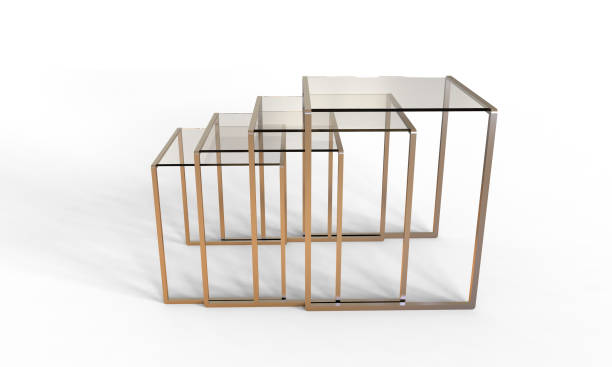
Wood Panelling Walls
Wood paneling is not a relic from the past. It can be a stylish way to enhance a home in the 21st century.
What is wood paneling
Wood paneling, also known as wood wall finishing, is made of thin wood panels. Before plaster walls became popular, home builders used wood paneling for structural purposes. This style was popularized during the midcentury modern era and is still used in new constructions and remodeling projects today. Most contemporary wood paneling is not structural but merely a way of characterizing plain walls.
There are many types of wood paneling
Wood paneling can be made from many different types of wood. Solid wood, plywood, or salvaged wood can create wood paneling. Corkboard or fiberboards such as MDF or Presswood are also suitable. These types of timber allow architects and designers to create a wide range of wood paneling designs, including:
Beadboard: Beadboard is made of wide strips with milled edges. A typical style features two-and-a-half-inch-wide stripes with beaded trim on one side (the tongue side) and a rounded edge on the other side (the groove side) that covers the joint. Some beadboards have a chamfered rather than a round edge.
Shiplap: Shiplap is an old design. Shiplap boards are interlocked, allowing them to overlap with minimal gaps (although some builders purposely insert an eighth-inch opening to make the individual boards stand out). Shiplap walls are easy to install if the wood planks have high-quality millwork.
Drop siding This variant of shiplap paneling is curved on one side, making it ideal for horizontal alignment. Drop siding is an excellent choice for interior or exterior wall coverings because it shows off the wood’s natural grain.
Board and batten This type of wood paneling can be used for interior or exterior walls. The paneling consists of wide strips of wood arranged side-by-side. The seams are covered by a thinner piece of wood called a batten.
V Groove: This popular interior style features chamfered edges on both sides. Beneath these edges, a tongue-and-groove-style carving lets the boards easily interlock.
How to use wood paneling in your home
Wood paneling in modern designs can be stunning when used correctly. These design ideas will help you make the most of your wood paneling.
Use wainscoting. Wainscoting, a decorative paneling, covers only half of the Wall in a particular type of paneling. The rest is plaster or drywall. Wainscoting is created by running high-quality wood paneling up from the floor to the Wall and stopping it halfway. Add a lip of three to six inches to the top edge of the wood paneling to create a shelf around the room’s perimeter. Wood wainscoting can be combined with brick walls.
Use wooden paneling for a backsplash. In bathrooms and kitchens, tile backsplashes are very common. If you seal the wood with an airtight finish, it can be used for the same purpose. The wood paneling can be used as a backing for bookcases.
Embrace texture. Create three-dimensional surfaces on your walls by using wood paneling. Choose beaded wood paneling or chamfered V-groove board instead of making the wood flush with the walls.
Mix woods. Mixing different wood species or stains can add beauty to a room. Mixing wood slats can give a room a new, fresh look.
Try painted colors. If you don’t like the wood grain texture, paint your wood-paneled walls with white or colored paint. After applying a primer and paint coat to the wood, you don’t need to add a polyurethane or lacquer finish. Whitewashing the wood paneling will give it a faded appearance. Painting wood paneling looks excellent behind bookcases in dining rooms or kitchen cabinets.
Adopt a rustic style. You can create a rustic, intentionally weathered look using wood paneling made from reclaimed materials (such as knotty, barn, or weathered wood) and minimal sanding.
Use wooden paneling for ceilings. This type of paneling should be left to professionals, but running wide or narrow wood panels across a high-ceiling interior can give it a unique look.
Add wood panels to a single accent Wall. Create a single feature wall to ease into wall paneling. A decorative fence is a great way to create a focal point for any room, from the living room to the home office.
Use veneer and plywood. Use plywood wall boards and then cover them with shells of the wood species you choose, such as white oak, maple, or cherry. Instead of buying solid hardwood pallets, you can purchase peel-and-stick wood veneer made from natural wood and attach it to your plywood planks.


